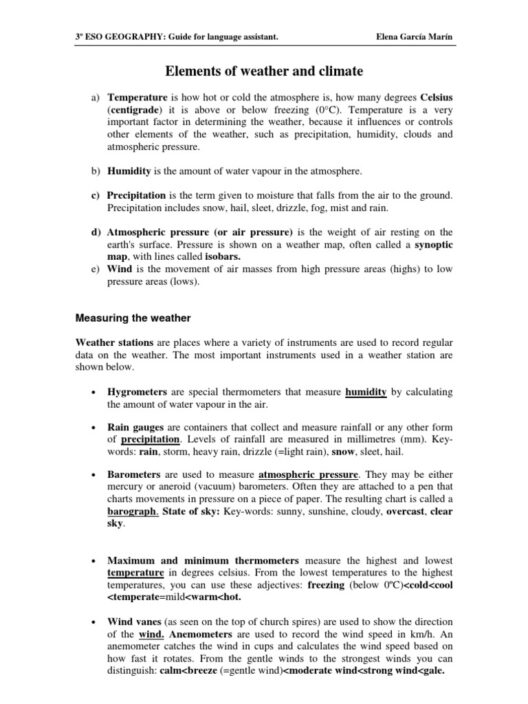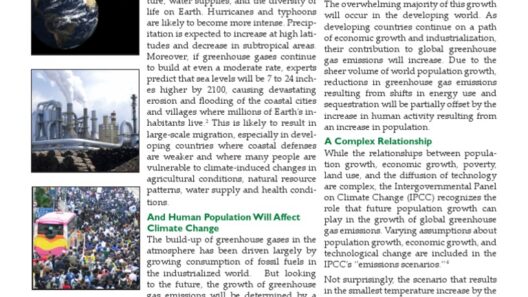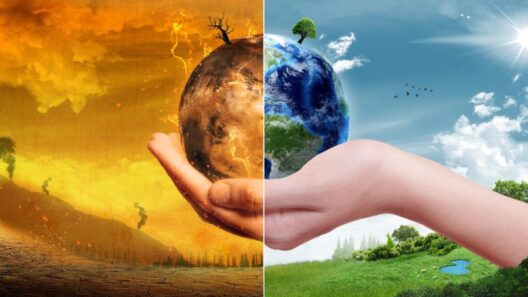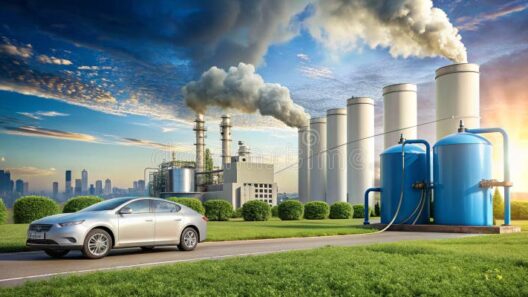Could a small nuclear war reverse global warming? This provocative question invites scrutiny and demands a thorough examination of the intricate relationship between warfare, climate, and the future of our planet. While the idea may sound almost ludicrous at first glance, it sparks a crucial dialogue about the severity of climate change and the extent to which humanity is willing to venture into the realms of unthinkable action to address this existential crisis.
Climate change is unequivocally one of the most pressing challenges facing humanity today. The accumulation of greenhouse gases in the atmosphere, primarily carbon dioxide and methane, has led to a gradual but persistent rise in global temperatures. This phenomenon is already yielding catastrophic consequences—melting ice caps, extreme weather events, and rising sea levels threaten ecosystems and human societies alike. As we grapple with potential solutions, the concept of utilizing nuclear conflict as a form of geoengineering emerges as a dark but intriguing hypothesis.
At the heart of this inquiry lies the phenomenon known as nuclear winter. Research has indicated that the detonation of nuclear weapons—regardless of scale—could throw immense amounts of soot and debris into the atmosphere, significantly obstructing sunlight and inducing a dramatic drop in temperatures. This climatic alteration, however, would come at an unprecedented cost. The idea that a localized nuclear conflict, perhaps over political or territorial disputes, might (inadvertently) catalyze atmospheric cooling casts a shadow on humanity’s ethical dilemmas. Would the potential for temporary global cooling justify the incalculable human and ecological toll?
To understand the gravity of this question, one must consider the scientific scrutiny surrounding nuclear winter. Studies suggest that a full-scale nuclear conflict, involving thousands of warheads, could have a devastating impact on the planet’s climate. The resultant drop in temperatures could lead to agricultural collapse, famine, and a halt in global biodiversity. Even a “small” nuclear exchange—perhaps between two nations with a limited number of weapons—could still be catastrophic. The soot generated from burning cities and industrial landscapes could linger in the atmosphere for years, blocking sunlight and precipitating a rapid cooling process.
However, is there evidence that such an event could provide a temporary respite from the runaway greenhouse effect? The answer remains complex. In theory, the particulate matter released could lead to a cooling effect for a short period. This cooling might temporarily counteract the warming trend initiated by anthropogenic contributions to greenhouse gases. But the realities of climate dynamics provide a stark counter-narrative. The potential cooling effects cannot be isolated from the dire fallout that would permeate through ecosystems, economies, and human lives. The net impact is likely to be catastrophic, far outweighing any fleeting benefits.
Moreover, the unpredictability of climate systems complicates any assumptions about how nuclear winter would interact with existing environmental conditions. The interactions between soot particles, clouds, and atmospheric chemistry are complex, and might yield unforeseen consequences that amplify existing climate issues rather than mitigate them. The potential for erratic weather patterns could exacerbate food shortages, leading to conflicts over diminishing resources and further instability in already precarious regions.
This raises an imperative question: if humanity is on the brink of implementing extreme measures to combat climate change, could we instead pursue more sustainable, ethical alternatives? Innovative solutions abound that eschew the notion of destruction in favor of preservation and restoration. Renewable energy sources such as solar, wind, and hydroelectric power, combined with advancements in carbon capture technologies, provide pathways towards reducing greenhouse gas emissions without resorting to cataclysmic events. Forest restoration and soil carbon sequestration also present viable strategies that can counter climate change without jeopardizing humanity’s future.
Furthermore, the philosophical ramifications of contemplating a nuclear exchange as a potential means of geoengineering challenge the very essence of human morality. The normalization of violent conflict as a solution to our most pressing issues undermines efforts to foster peaceful coexistence and collaborative problem-solving. Global governance structures must prioritize diplomacy and conflict resolution over militaristic strategies. At the heart of climate activism lies the goal of safeguarding not just the planet, but the well-being of future generations.
In conclusion, while the remote possibility that a small nuclear war could induce a temporary reversal of global warming may seem theoretically plausible, the ethical implications and potential catastrophes far overshadow any conceivable benefits. Humanity must reject the premise of war as a solution to climate change and instead embrace innovative practices rooted in sustainability and respect for our planet. Only through collective action, informed policy, and a commitment to peaceful methods can we hope to confront the complexities of climate change and secure a livable world for generations to come.







